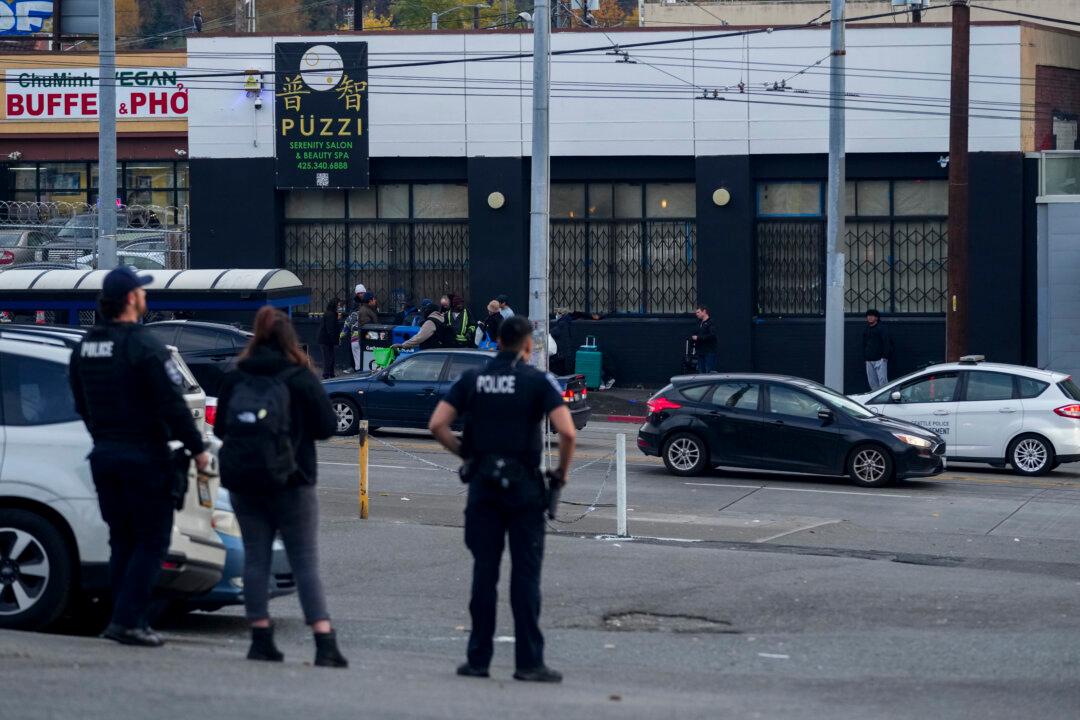Indonesia’s Mount Merapi erupted on Aug. 9, pouring ash and lava into the sky on Java, a densely populated island that’s home to more than a dozen active volcanoes.
While hot ash from the eruption covered several villages and nearby towns, there was no immediate report of evacuations or deaths





